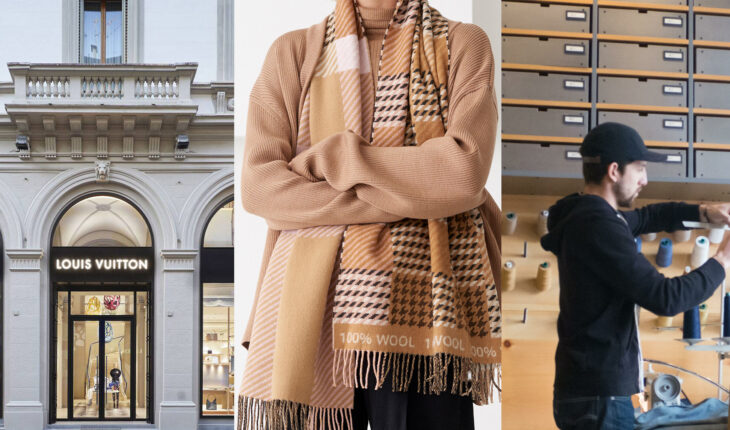As 2025 beckons, TheIndustry.fashion has curated a list of the top 10 fashion features from 2024 should you have accidentally missed them first time round.
Farfetch poised for ‘steady and thoughtful’ growth under Coupang? Let’s hope so
Back in February, South Korean retail giant Coupang formalised a $500 million rescue deal for global fashion marketplace Farfetch, with a promise to deliver “thoughtful and steady” growth under its ownership. TheIndustry.fashion’s co-founder, CEO and Editor-in-Chief, Lauretta Roberts, took a deep dive into the deal and how Farfetch founder José Neves approached Coupang himself after private equity investor Apollo walked away from a potential rescue deal towards the end of 2023. The feature also begs the question of quite how Farfetch went from a guidance of having the best part of $1 billion in cash to being on the verge of collapse in a matter of 16 weeks.
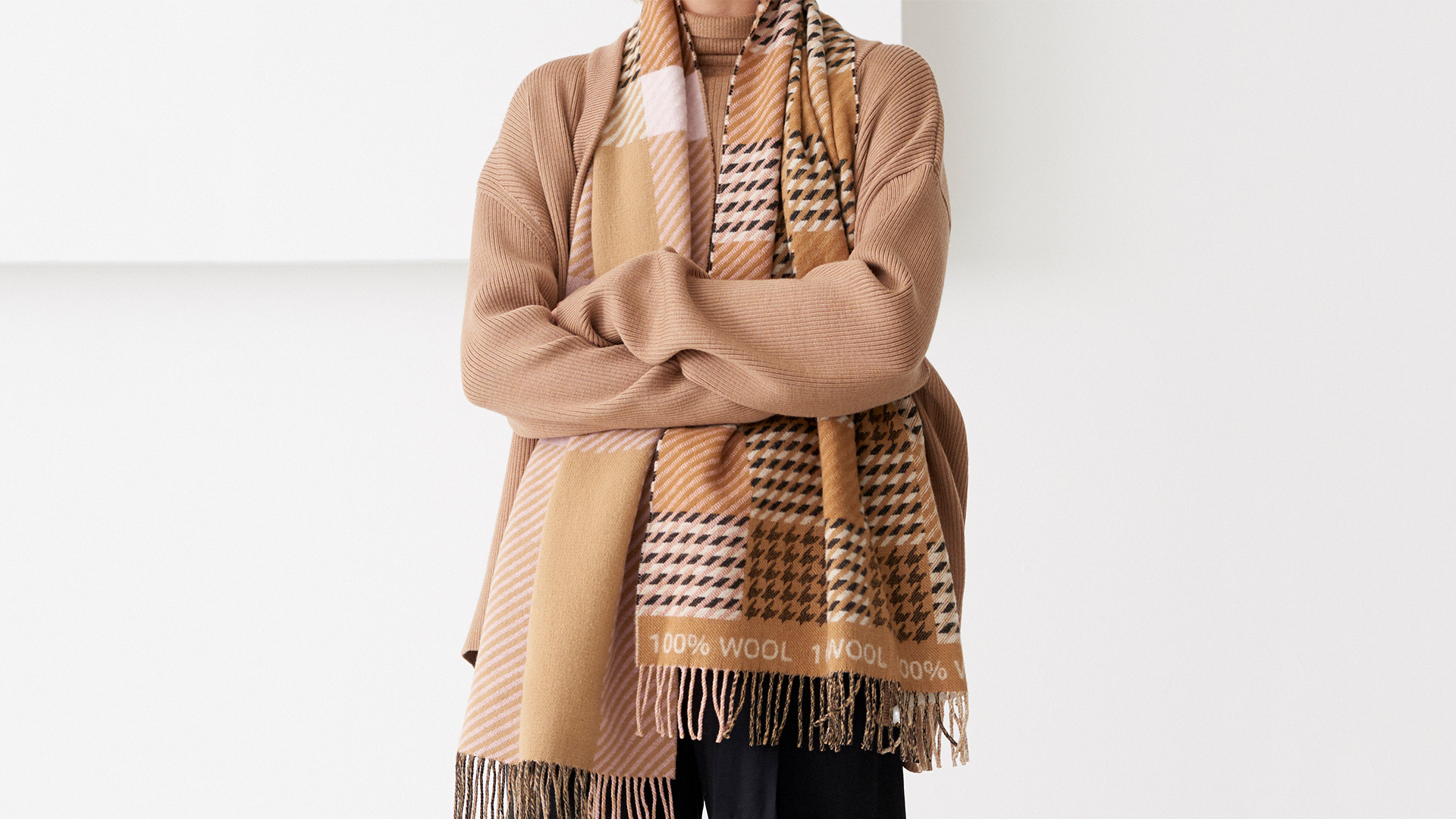
Now is the time for ‘Made in the UK’ brands to position themselves as the new ‘honest luxury’
In August, TheIndustry.fashion contributor Marcus Jaye looked at how global luxury has been found out following an investigation by Milan prosecutors into local Italian factories that found underpaid workers, often immigrants, who were in the country illegally, producing leather bags for some of the world’s most famous luxury brands. The feature hits on how the investigation blew the lid off designer brands’ margins and huge mark-ups, but also how it represents a huge opportunity for the UK’s 100% maker brands, whereby transparency is built into their very DNA – ensuring customers know exactly how and where their products are made.
40 Years of LFW: The runway shows that cemented stardom
February saw London Fashion Week celebrate its 40th anniversary and TheIndustry.fashion’s Senior News & Features Writer, Chloe Burney, delved back into some of its most iconic and nostalgic moments. This fun read looks at the impact of the likes of Vivienne Westwood on putting the spotlight on London, John Galliano’s LFW debut in 1995, Alexander McQueen’s dark AW95 Highland Rape collection and the wow factor of Hussein Chalayan’s furniture-turned-fashion of AW00. It also nods to Gareth Pugh’s LFW debut for SS07, Christopher Kane’s neon and lace extravaganza of SS07, Richard Quinn’s royal affair of AW18 – which saw none other than Queen Elizabeth II in attendance – and Christopher Bailey’s swan song at Burberry for AW18.
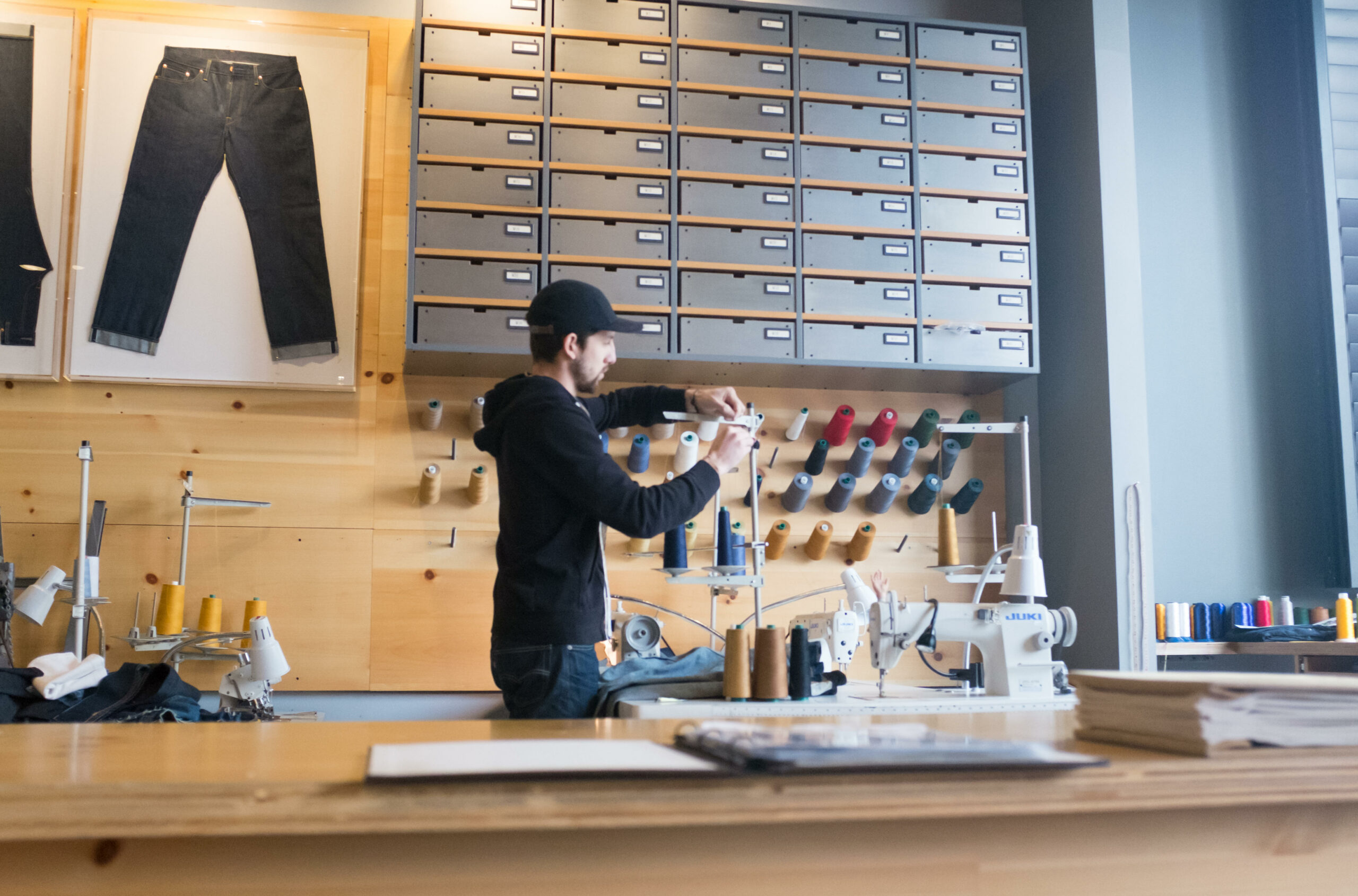
How in-house repairs and alterations bring brand-boosting benefits
As more and more brands and retailers adopt own-product repairs and alterations services, in April, TheIndustry.fashion’s Katie Ross spoke to brands as well as sustainability experts to find out why the introduction of such services are not only in the best interests of consumers and the planet, but the brands themselves. The feature looks at “door-to-door” repairs and alterations service SOJO and its ever-growing list of brand and retailer partnerships, including with Selfridges. SOJO founder Josephine Philips gives an insight into how such services benefit brands in three key ways. Meanwhile, online British womenswear label Aligne launched its partnership with SOJO in August last year, and Managing Director Ginny Seymour talks about its positive impact on customer loyalty. Additionally, Rixo co-founder and director Henrietta Rix talks about the success of teaming up with repairs and alterations specialist, Liudmyla Kirk, and how it has allowed the brand to better understand customers’ needs and reduce returns.
Why Superdry and other big fashion names are quitting the stock market
In April, TheIndustry.fashion’s Katie Ross looked at how many public fashion companies such as Superdry – set against a backdrop of economic unrest and weakening demand – have opted to delist in an effort to revive their fortunes. The feature looks at what the trend means and whether it could deliver the positive results the brands hope for. It also looks at how luxury is increasingly out of reach, noting how Kering’s profits were set to plummet 40-45% by the end of the first half of the year. Ultimately, the tumultuous climate has meant one thing for many fashion brands and platforms: sink or swim.
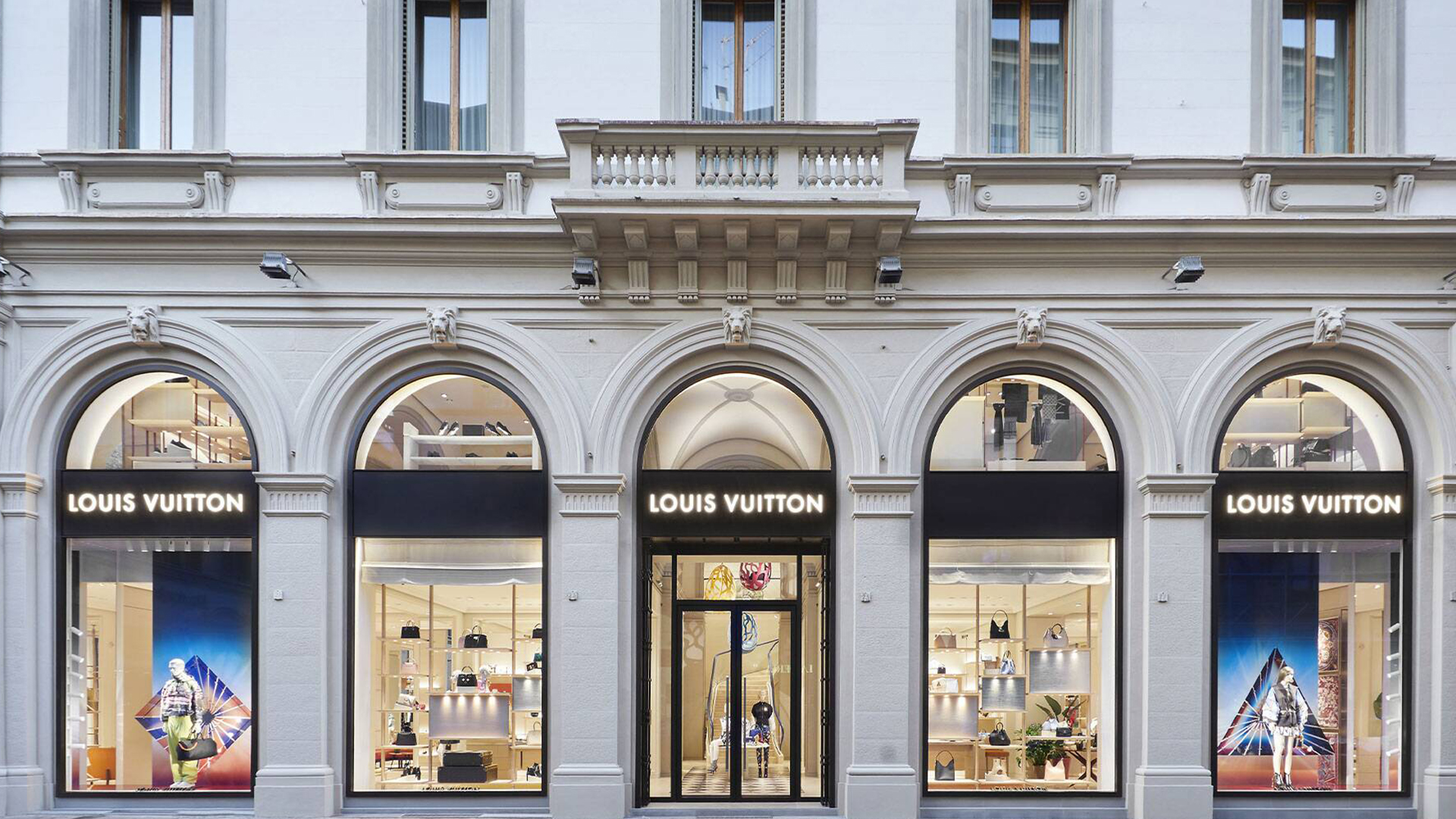
LVMH thinks the luxury downturn is a blip, can it be so sure?
The Industry.fashion contributor Marcus Jaye takes us on a journey looking at the wider downturn of the luxury market and whether or not the big guns such as LVMH are right to believe it’s just a blip. Set against a backdrop of rising mortgages and ballooning designer prices, people’s priorities are having to be adjusted and they are perhaps opting more for “experiences” instead of expensive clothes. That’s if the reported 5% drop in the Louis Vuitton, Dior and Givenchy owner’s fashion and leather goods segment in Q3 is anything to go by. However, LVMH is remaining positive, blaming problems in Asia – most specifically China. Sales fell a hefty 16% there. The recent Asian engine of Japan, driven by tourism, also saw growth slowing. The feature looks at all the key factors including how, when a designer t-shirt has become the same price as a flight to South Korea, consumers who would once splurge on the odd luxury item have been put off.
Mytheresa plans to create €4bn global luxury force after Yoox Net-A-Porter acquisition
At the end of the first week of October, it was confirmed that Mytheresa, one of the most robust performers in a challenging luxury market, had signed a deal to acquire its largest rival, the Yoox Net-A-Porter Group, from Richemont for €555 million. TheIndustry.fashion’s Editor-in-Chief, Lauretta Roberts looked at what that deal would mean as Mytheresa’s CEO Michael Kliger set out his ambition to create a €4 billion global luxury fashion force. In a call with media and investors, Kliger said that the current combined GMV (Gross Merchandise Value) of Mytheresa and YNAP was around €3 billion and by joining forces, the group could grow to €4 billion in GMV by FY29. Interestingly, one of the keys to unlocking that growth, he said, was to decouple YNAP’s luxury businesses, which are profitable, from the off-price businesses, which are not. He also said the luxury businesses would retain three very distinct store fronts but would all be transitioned to the Mytheresa technology and infrastructure platform. An intriguing read.
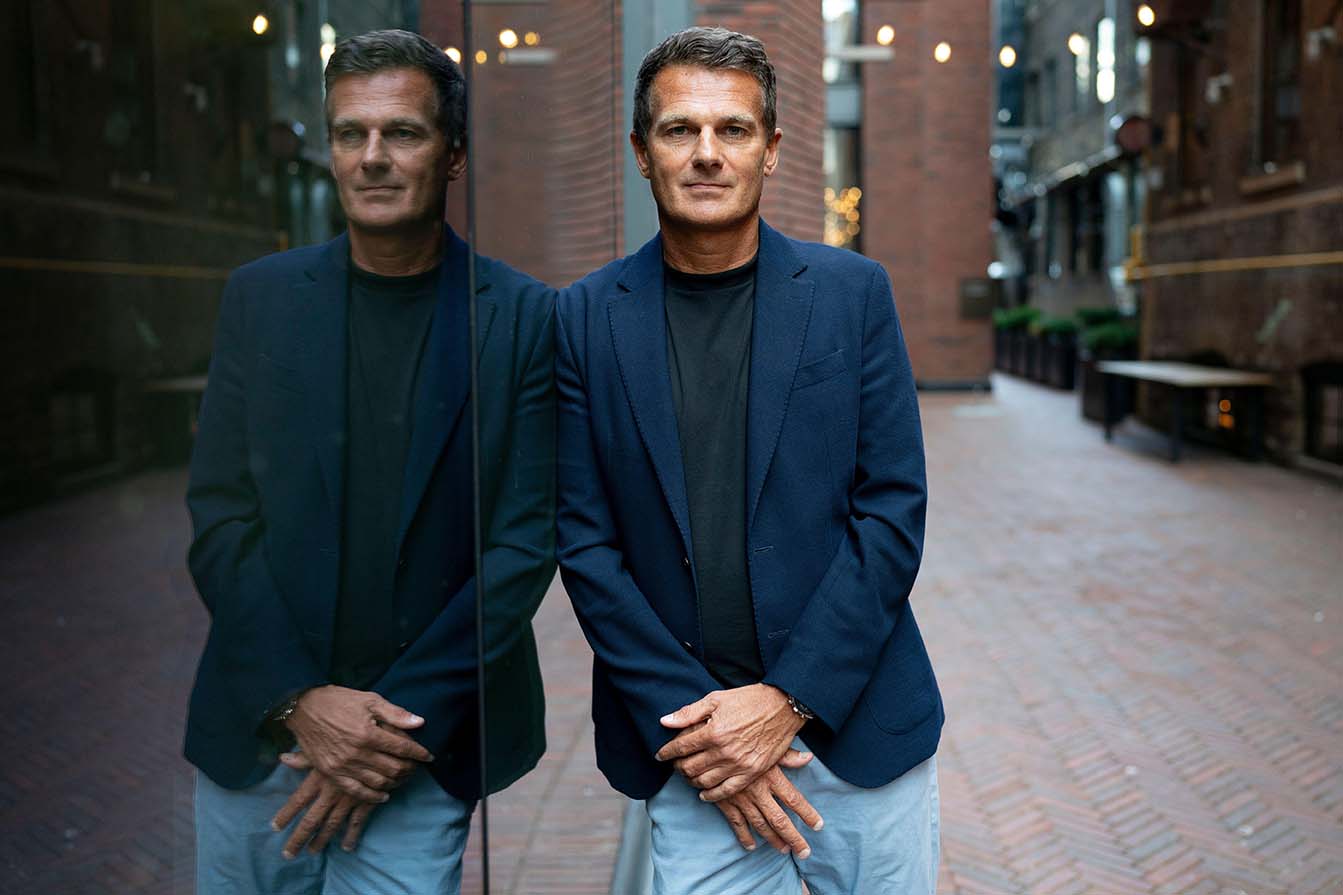
Why is John Lewis bringing back its ‘Never Knowingly Undersold’ pledge and how will it work?
It was in early September that TheIndustry.fashion’s Contributing Editor, Tom Bottomley, headed to the John Lewis HQ in London’s Pimlico to hear how the retailer was bringing back its ‘Never Knowingly Undersold’ pledge and how it will work from John Lewis Executive Director, Peter Ruis, who rejoined the retailer in January 2024. Addressing a room full of UK press, Ruis explained how the price pledge had been amended “for the modern age”, two years after abandoning it after it had become “not fit for purpose” in its original format. We heard how a major component of the new plan is a price match with 25 of John Lewis’s main competitors, including NEXT, M&S, Harvey Nichols, Selfridges, Fenwick, Flannels and House of Fraser – both in-store and online. All made possible by John Lewis investing “multi-millions” in a new AI technology called Quicklizard. Add to that, details of the retailer’s biggest-ever marketing spend – including the three new TV commercials aired in the run-up to Christmas – were revealed.
How Frasers Group is redefining the department store concept with Frasers
September saw the grand opening of a new combined 100,000 sq ft Frasers and Sports Direct store at Meadowhall Shopping Centre. Just prior to its opening, Contributing Editor Tom Bottomley headed to the Sheffield destination to hear firsthand from David Epstein, Managing Director of Premium and Luxury at Frasers Group, on how Frasers is moving on from the old House of Fraser ways of department store retailing and how its “elevation” strategy is gaining ground, as well as how the real focus is now firmly on premium third-party brands, less so on own brand. It was the 13th new Frasers store concept, following a multi-million pound investment, and the 11th combined Frasers and Sports Direct – with the aim to bring premium fashion, lifestyle, beauty and sports all under one roof.
Will Flannels’ mega move into Leeds be the impetus to invest more in Harvey Nichols?
In October, Frasers Group-owned Flannels opened a six-storey flagship store in the heart of Leeds, putting it in direct competition with Harvey Nichols, which opened its Leeds store in 1996 in what was the first the first premium fashion department store outside of London. A market leader, it started a regional revolution and the beginning of designer fashion’s march to the UK masses. TheIndustry.fashion contributor Marcus Jaye looks at what impact the presence of Flannels will have on Harvey Nichols, especially considering the current luxury downturn. He asks: Will Flannels’ mega move be the impetus for Harvey Nichols’ owner Dickson Poon to invest further in the group?

